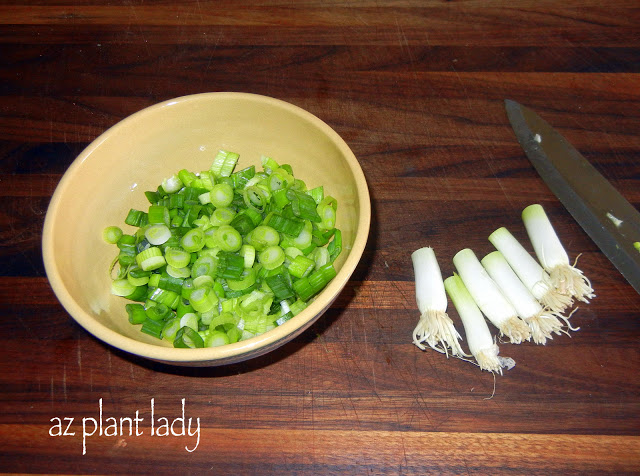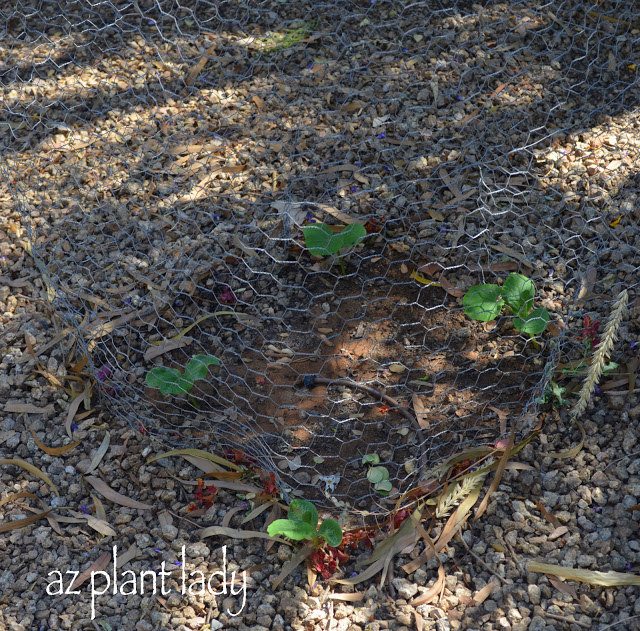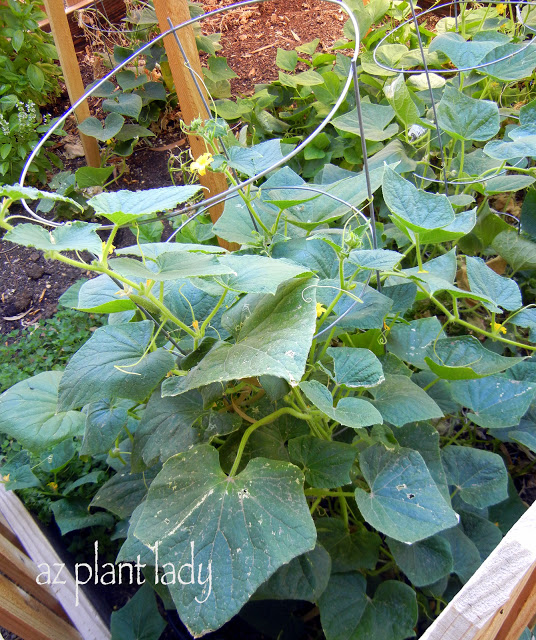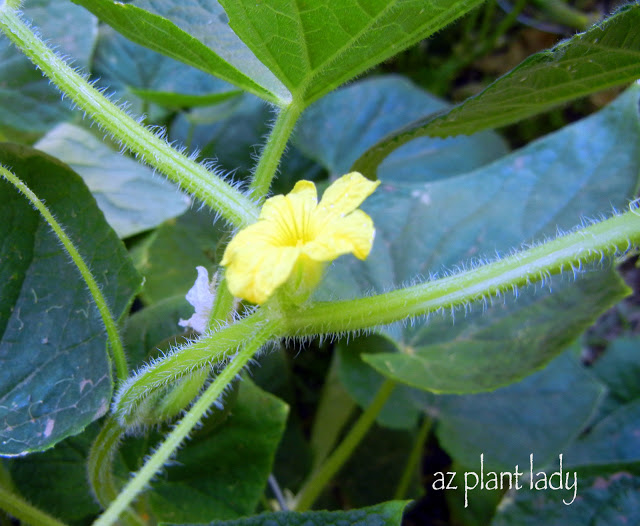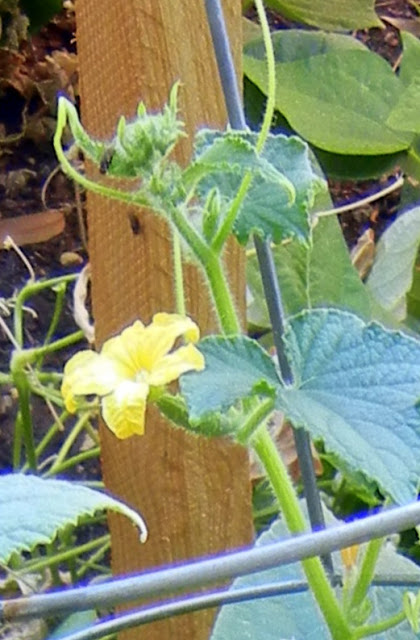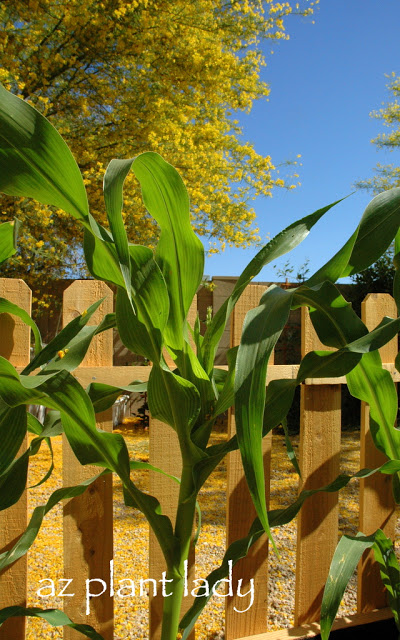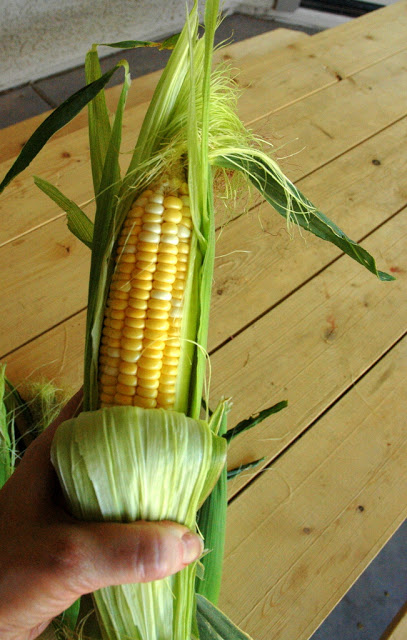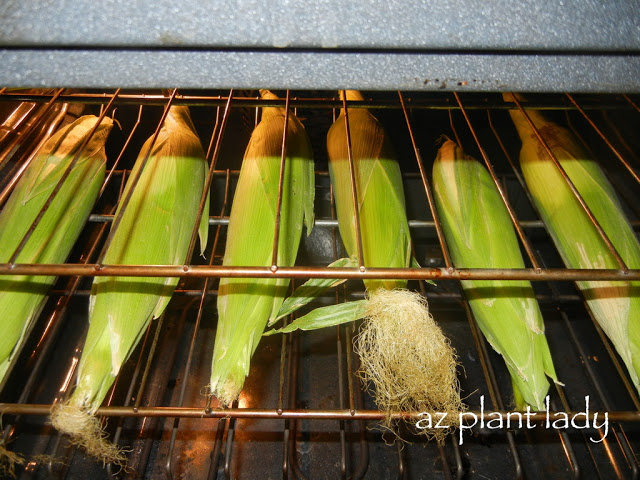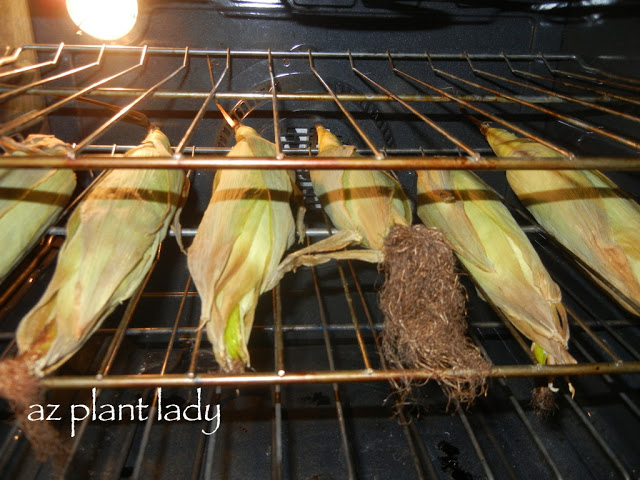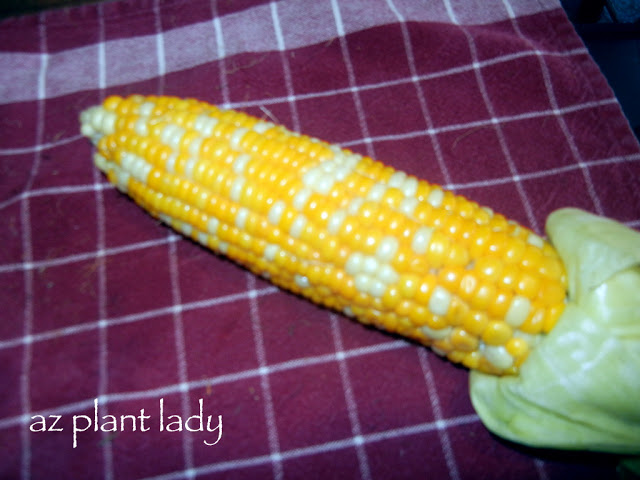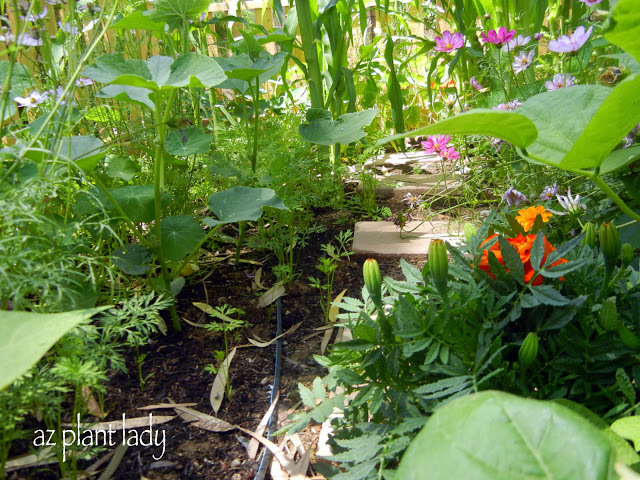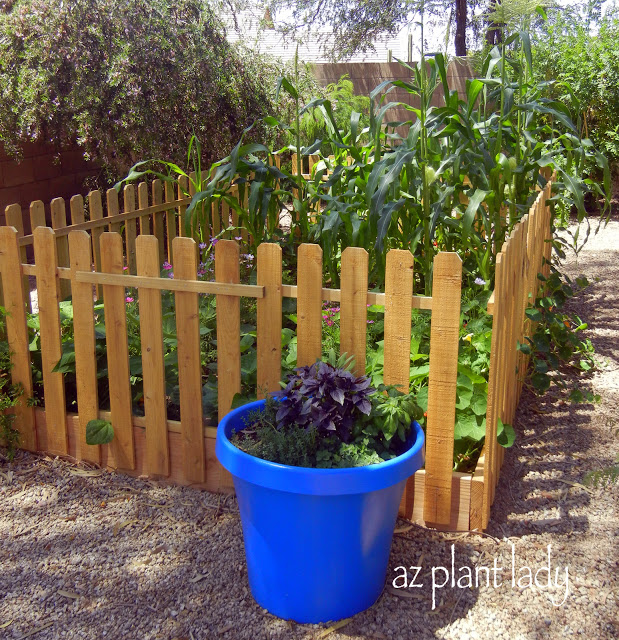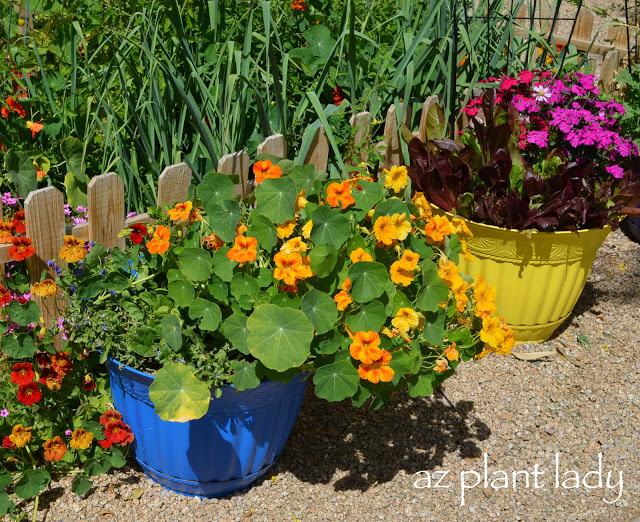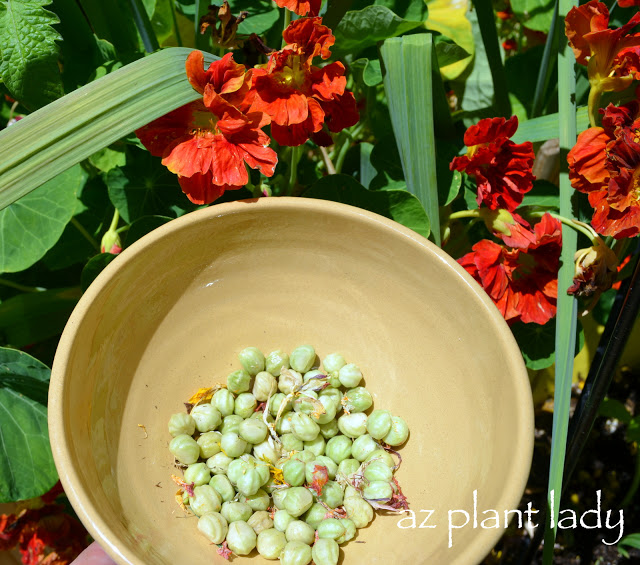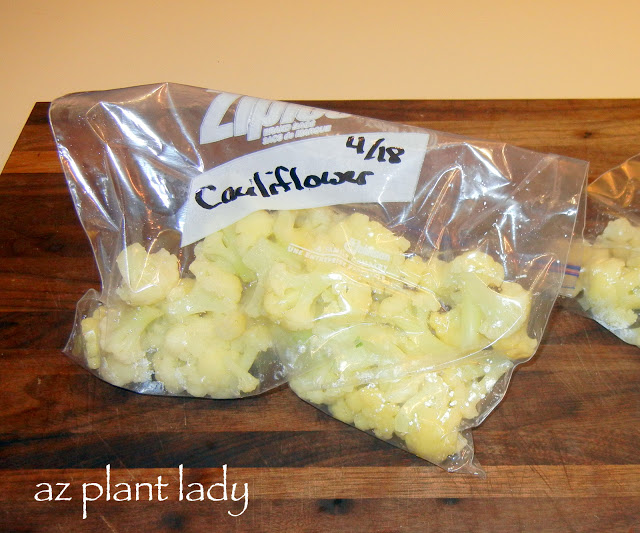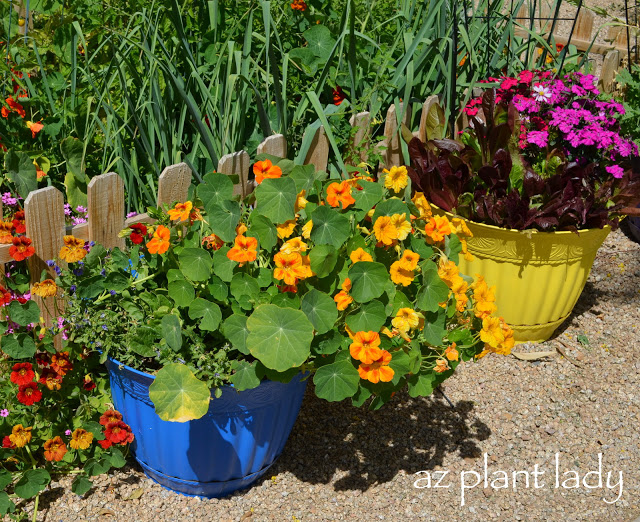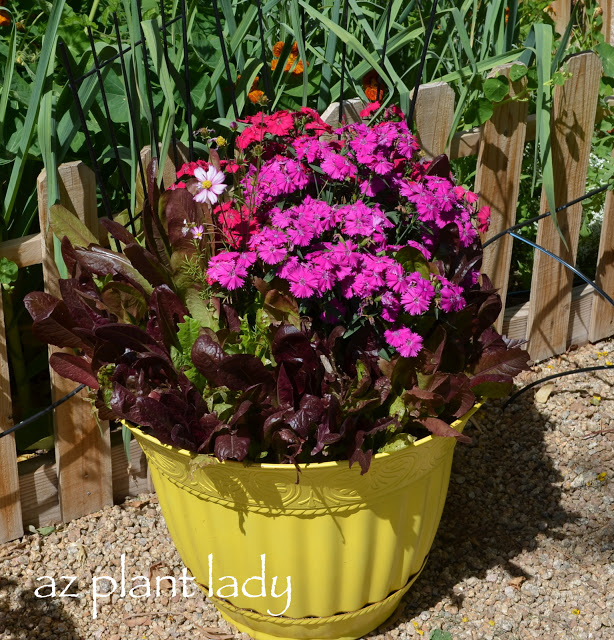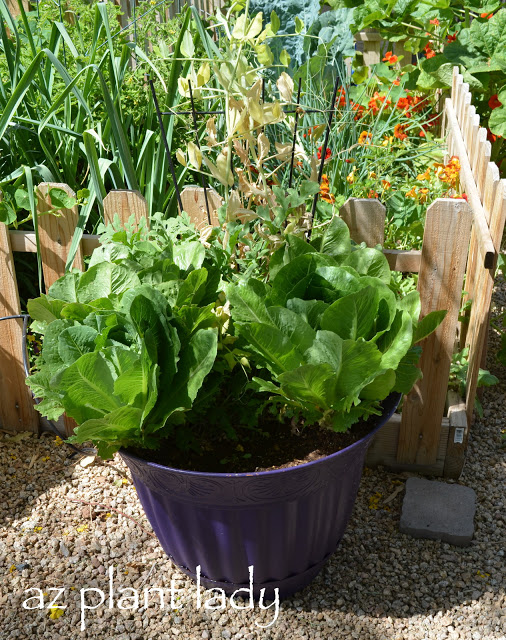I have two vegetable gardens, just sitting there, ready to plant.
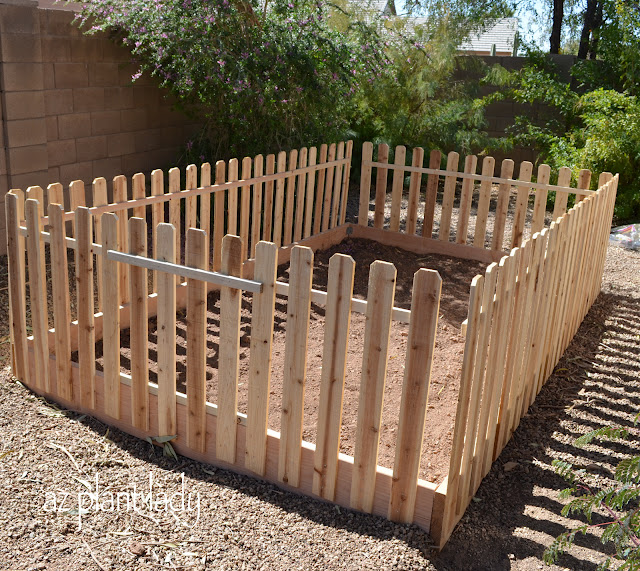
my newest vegetable garden
This was my newest vegetable garden, last February, just before I planted it.
Just a couple of months later, it was full of growing bush beans, cucumbers, corn and much more….
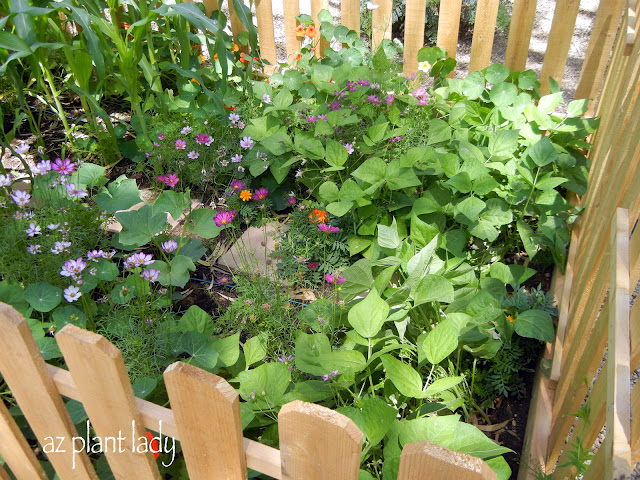
The flowers not only made the garden look pretty, but they also helped to repel bad bugs and attract pollinators.
So why haven’t I planted it yet?
Well, I had all good intentions to get it done last weekend. BUT, my kids, specifically my youngest daughter, had other plans….
1. On Sunday morning as we were getting ready for church – she decided that she wanted to run away and live in the desert with the coyotes. She has this idealized view of the desert from one of her favorite tv shows.
Thankfully, she only made it to the next door neighbor’s house before she reconsidered.
2. Monday was a crazy, busy day and I was happy that I was able to keep my head above water.
3. Tuesday, as I was making my toast for breakfast, I noticed teeth marks in the butter. From the distinctive shape of the teeth marks – I knew that my youngest daughter was the culprit, eating our butter.
My husband then told me that he caught her eating flour.
*Have any of you ever had your kids eat some strange things?
4. Finally, last night, she started crying and it turned out that she had stuck a plastic fork up her nose and one of the tines had broken off. We used a flashlight and we could see it, but it was too far up her nose for us to get it.
So, we made a trip to urgent care. Thankfully, they were able to get it out easily with long tweezers.
Tomorrow, I have 2 consults. BUT, come Friday morning – I will be out in my garden planting seeds (by myself, without my kids who will be in school).
I must admit that I am looking forward to the break from being a mom and just enjoying working out in the garden.
***************************************
How about you?
Do you have any fun stories of things that your kids have done, ate or stuck up their nose?
I’d love to hear about them 🙂
‘Friendly’ Plants in the Vegetable Garden





